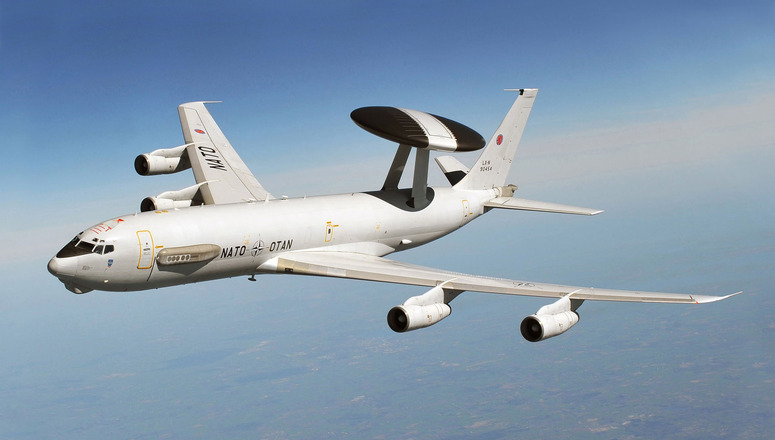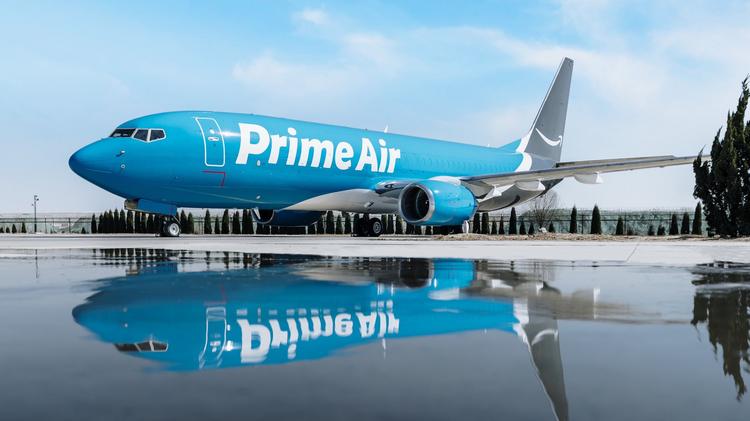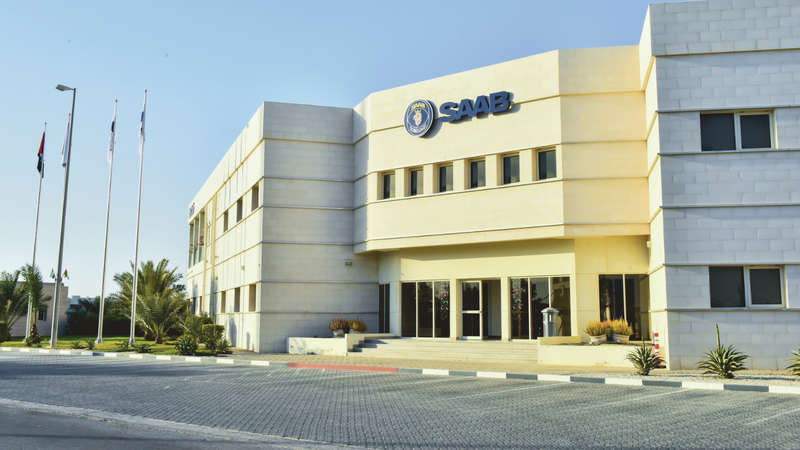Genesee & Wyoming Inc. (G&W) today announced the completion of its previously announced sale to affiliates of Brookfield Infrastructure and GIC.
Under the terms of the sale, each issued and outstanding share of G&W common stock converted into the right to receive $112 in cash. As a result of the completion of the sale, G&W’s common stock ceased trading on the NYSE prior to market open today and will no longer be listed for trading on the NYSE.
“This transaction is an excellent outcome for all G&W stakeholders,” said Jack Hellmann, Chief Executive Officer of G&W. “For our customers, employees, and Class I partners, the long-term investment horizon of Brookfield and GIC is perfectly aligned with the long lives of G&W railroad assets. We look forward to building on G&W’s track record of safety, service excellence and commercial growth as we become an important component of a portfolio of global infrastructure assets.”
About Genesee & Wyoming
G&W owns or leases 119 freight railroads organized in locally managed operating regions with 8,000 employees serving 3,000 customers.
- G&W’s six North American regions serve 42 U.S. states and four Canadian provinces and include 113 short line and regional freight railroads with more than 13,000 track-miles.
- G&W’s Australia Region serves New South Wales, the Northern Territory and South Australia and operates the 1,400-mile Tarcoola-to-Darwin rail line. The Australia Region is 51.1% owned by G&W and 48.9% owned by a consortium of funds and clients managed by Macquarie Infrastructure and Real Assets.
- G&W’s UK/Europe Region includes the U.K.’s largest rail maritime intermodal operator and second-largest freight rail provider, as well as regional rail services in Continental Europe.
G&W subsidiaries and joint ventures also provide rail service at more than 40 major ports, rail-ferry service between the U.S. Southeast and Mexico, transload services, contract coal loading, and industrial railcar switching and repair. For more information, please visit www.gwrr.com.
About Brookfield Infrastructure
Brookfield Infrastructure Partners is a leading global infrastructure company that owns and operates high quality, long-life assets in the utilities, transport, energy and data infrastructure sectors across North and South America, Asia Pacific and Europe. We are focused on assets that generate stable cash flows and require minimal maintenance capital expenditures. Brookfield Infrastructure Partners is listed on the New York and Toronto stock exchanges. Further information is available at www.brookfieldinfrastructure.com.
Brookfield Infrastructure is the flagship listed infrastructure company of Brookfield Asset Management, a leading global alternative asset manager with over $500 billion of assets under management. For more information, go to www.brookfield.com.
About GIC
GIC is a leading global investment firm established in 1981 to manage Singapore’s foreign reserves. As a disciplined long-term value investor, GIC is uniquely positioned for investments across a wide range of asset classes, including equities, fixed income, private equity, real estate and infrastructure. In infrastructure, GIC’s primary strategy is to invest directly in operating assets with a high degree of cash flow visibility and which provide a hedge against inflation. GIC has investments in over 40 countries. Headquartered in Singapore, GIC employs over 1,500 people across 10 offices in key financial cities worldwide. For more information on GIC, please visit www.gic.com.sg.









